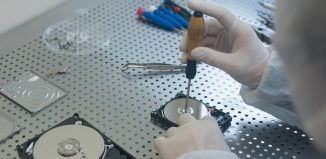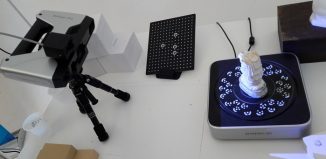The advancements in technology, particularly in the area of printing, have made the concept of 3D printing not only possible but also highly beneficial. The incredible design flexibility, allowing you to create various designs, even those of a more complex nature, is certainly one of the most advantageous aspects of it.
But not the only one if we consider along with it there’s also the speedy prototyping, the short time between designing and production, as well as the short time needed to get the design printed out, which makes this type of printing process cost-effective and eco-friendly what with the minimal waste being some of its pros. As such, it isn’t surprising it’s made it huge in industries of various spheres, including manufacturing, construction, healthcare, robotics, automotive, aerospace, electronics industries as well as art.
As technology and innovation continue to be upgraded, so do the 3D printing essentials. Let’s take the filament for instance – although PLA and ABS have long been the two standards, the more recent addition of high-performance filament PETG varieties has gained a lot of popularity as the all-round material as of late and it’s all to do with the properties it has and the advantages it offers over the other two alternatives.
Why is PETG Good for 3D Printing?
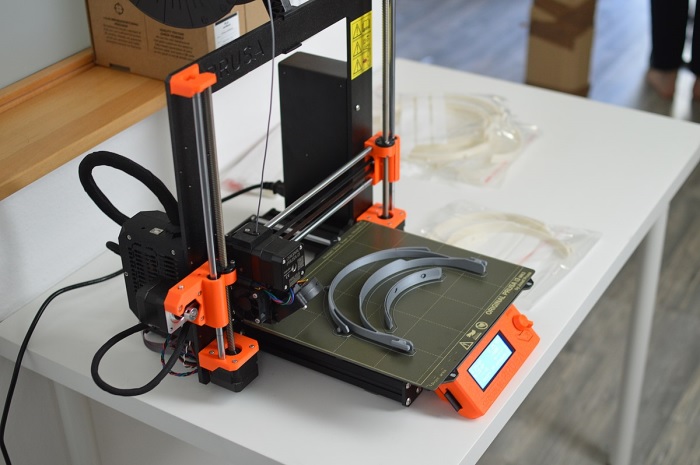
The combination of outstanding properties, which results in its usefulness in a variety of applications, has something to do with it. PETG, short for polyethylene terephthalate glycol, which is simply said a glycol-modified PET, is a thermoplastic material used as a filament for its role in creating items known for its amazing impact resistance and flexibility.
Remarkable Durability
If you’re looking for the type of material that would serve you with utmost strength (a whopping 50 MPa), and as a result durability, whether it’s for creating a vast number of prints, or prints of a bigger size, the filament PETG option is your go-to choice. This is because of its resistance to impact so you won’t have to worry about mechanical stress being a threat to your prototypes.
Thanks to the addition of glycol in the chemical composition, this material isn’t brittle or prone to cracking (like the PLA), and this level of toughness comes in handy, especially with some more challenging applications.
Exceptional Layer Adhesion
Want to make sure you get structurally sound and cohesive prints? Check the filament material of choice’s adhesion and you get an idea. This is yet another factor of the PETG filament that makes it stand out from the competition and it’s all to do with the amazing fusion between each layer (in the bed material as well as other polymers) so you get a product that’s got an improved surface finish, boosting its integrity as a whole.
Impressive Low Shrinkage
If you want to get accurate and dimensionally stable prints, this is a property to look for in the chosen filament as it means your end product would be in the desired shape and size. With minimal warping, and low shrinkage of 0.2% to 0.8% (depending on the specific additives present in the filament) after printing and cooling, as opposed to the 0.2% to 3% of the PLA, and 0.8% to 8% of the ABS, PETG is definitely worth the investment and trust.
Reliable Flexibility
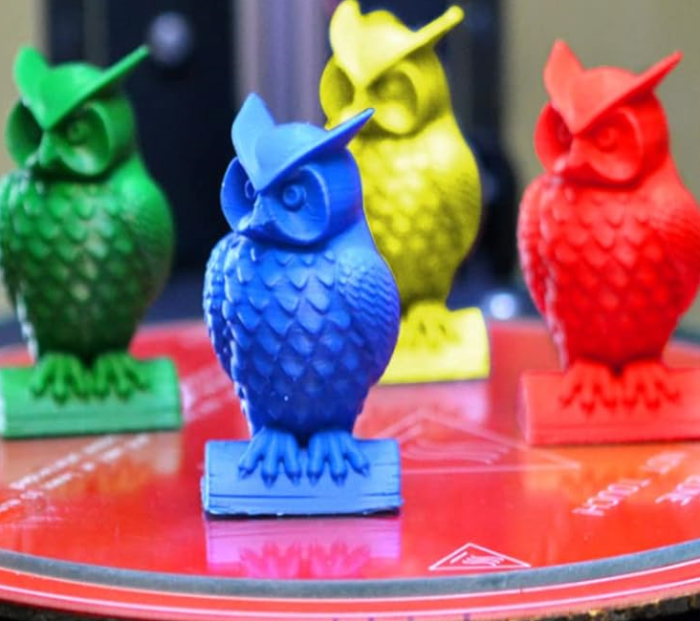
As mentioned, the 3D PETG filaments are incredibly strong and rigid, but these two aren’t at the expense of flexibility either. Allowing you to bend and deform it to a certain point without breaking makes this filament the perfect option for industries where resistance to vibrations and shock absorption are required for the prints, as it would mean they won’t easily snap when under pressure.
Unmatched Safety
Want to create fun and unique kitchen utensils, drinkware, tableware, or food packaging that won’t pose a health risk? Go right ahead and use PETG because it’s the filament that’s known for its food safety and non-toxicity. This has to do with the material’s lack of emission of toxic fumes when being heated. As such, you can use it even at home or in spaces where there isn’t any particular ventilation system since it doesn’t produce any odours you should worry about.
Much-Needed User-Friendliness
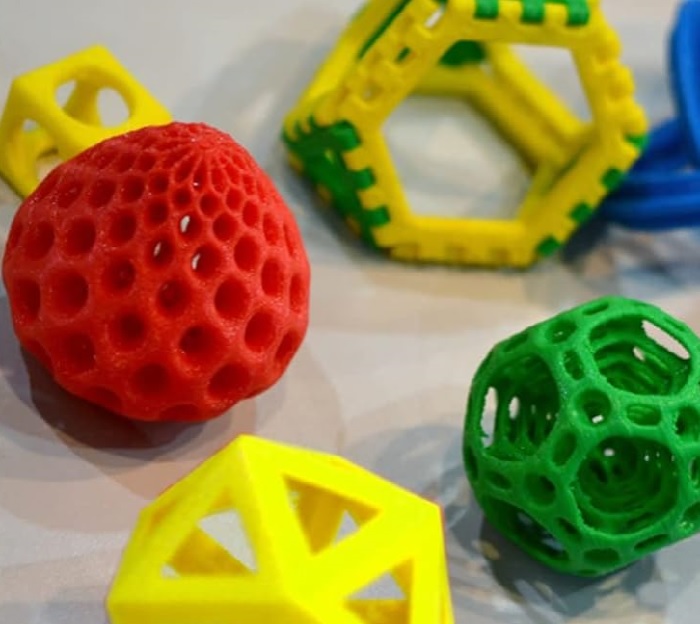
If you’re a beginner, still getting the gist of 3D printing and all it has to offer, keep in mind this one provides a smooth printing experience which is just what you can wish for. To give you an idea, even if you don’t have a printer with heated bed capability, you’d still be able to make the most of it.
Most of the time, users can’t wait to get their hands on the printer. And that’s just fine–but remember, you may find yourself in a bit of trouble if you don’t have the right equipment or material for the job. To avoid any mishaps and disappointment along the way, make sure to research thoroughly before purchasing your filament.
Opportunity for Sustainability
Although it’s petroleum-based and non-biodegradable like the ABS alternative, thanks to the use of PTEG in food packaging, it’s a highly recyclable option and as such sustainable too since it doesn’t contribute to the increasing problem with waste. As it can be recycled into new products, its environmental impact gets reduced considerably.
There’s a lot of talk about sustainability and environmental impact in the world of 3D printing, and filament PETG is one way to help reduce our carbon footprint. By choosing a recyclable option, we can contribute to a more sustainable future for ourselves and generations to come. Not only can you feel good about using recycled materials, but it can also inspire others to do the same.

